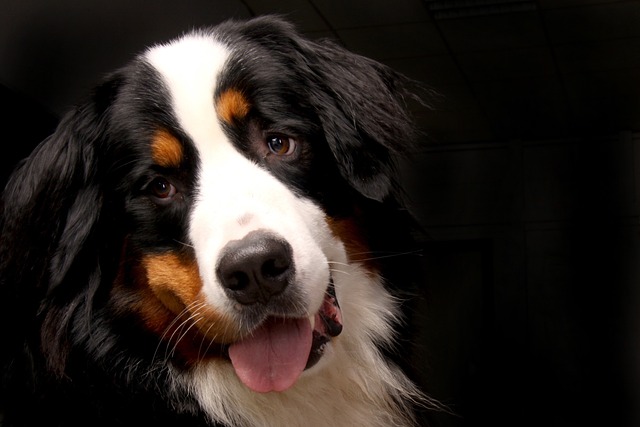
What causes dogs to have bad breath?
Ever leaned in for a kiss from your furry friend, only to recoil at that less-than-pleasant whiff? Doggy breath isn't just an olfactory nuisance—it can be a red flag waving you towards potential health issues.
Let’s be real—when Fido leans in for a slobbery kiss and his breath smells like last week’s trash, your first instinct might be to grab your minty-fresh human toothpaste. Stop right there. What seems like a quick fix could land your furry best friend in the emergency vet clinic overnight, and here’s why that innocent tube on your bathroom sink is a silent threat in your dog’s world.
Human toothpaste contains ingredients rigorously tested for our biology but toxic to dogs. Xylitol, an artificial sweetener common in "sugar-free" brands, triggers a catastrophic insulin surge in canines. Within 30 minutes of ingestion, your dog could experience vomiting, seizures, liver failure, or worse. Even fluoride—essential for human enamel—is poisonous to dogs in high doses, causing stomach ulcers and nervous system damage. The European Pet Food Industry Federation (FEDIAF) and the American Veterinary Medical Association (AVMA) explicitly warn against human dental products, aligning with EU Regulation 2019/6 and US FDA guidelines on animal health products. Ignoring this isn’t just risky; in places like Germany or California, using non-compliant products could violate animal welfare statutes.
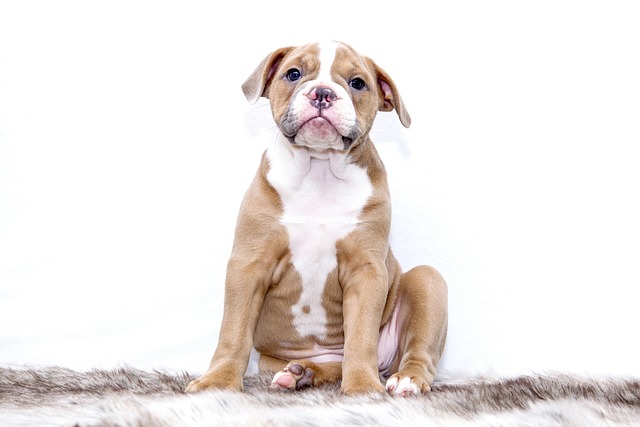 But dental disease isn’t negotiable. Over 80% of dogs show signs of periodontal disease by age three—leading to pain, tooth loss, and bacteria entering the bloodstream, damaging kidneys and heart valves. The solution? Dog-specific toothpaste exists for a reason. These enzymatic formulas (look for VOHC® seals in the US or comparable EU certifications) use dog-safe enzymes to break down plaque without foaming agents or toxic additives. Flavors like poultry or peanut butter? They’re not gimmicks—they transform brushing from a wrestling match into tail-wagging cooperation. Pair it with a soft-bristled finger brush or gauze pad, focusing on the gum line where plaque thrives. Start slow: let your dog lick the paste, then gradually introduce gentle circular motions on outer surfaces. Daily is ideal, but even 3–4 times weekly makes a difference.
But dental disease isn’t negotiable. Over 80% of dogs show signs of periodontal disease by age three—leading to pain, tooth loss, and bacteria entering the bloodstream, damaging kidneys and heart valves. The solution? Dog-specific toothpaste exists for a reason. These enzymatic formulas (look for VOHC® seals in the US or comparable EU certifications) use dog-safe enzymes to break down plaque without foaming agents or toxic additives. Flavors like poultry or peanut butter? They’re not gimmicks—they transform brushing from a wrestling match into tail-wagging cooperation. Pair it with a soft-bristled finger brush or gauze pad, focusing on the gum line where plaque thrives. Start slow: let your dog lick the paste, then gradually introduce gentle circular motions on outer surfaces. Daily is ideal, but even 3–4 times weekly makes a difference.
For dogs who absolutely refuse the brush, alternatives exist—but navigate carefully. Dental water additives approved by your vet can reduce bacteria, while veterinary-recommended chews (avoid rawhide or bones that fracture teeth) mechanically scrape plaque. Crucially, the Global Alliance of Veterinary Dentists advises against "natural" DIY pastes like baking soda (disrupts gut pH) or coconut oil (high-fat, pancreatitis risk). Annual professional cleanings under anesthesia remain irreplaceable—modern monitoring makes it safer than unchecked oral infection.
Ultimately, your dog’s smile is non-negotiable healthcare. Investing in vet-approved pet dental care isn’t pampering; it’s preventing avoidable suffering and aligning with responsible pet ownership values deeply embedded in Western culture. Check your toothpaste label tonight—if it’s not formulated for dogs, lock it away. Then grab that beef-flavoured tube. Your dog’s wagging tail (and fresher kisses) will be your thank you.

Ever leaned in for a kiss from your furry friend, only to recoil at that less-than-pleasant whiff? Doggy breath isn't just an olfactory nuisance—it can be a red flag waving you towards potential health issues.

Picture coming home to find your 10-year-old German Shepherd has torn up the living room rug—unthinkable from the pup who’d never chew a shoe.
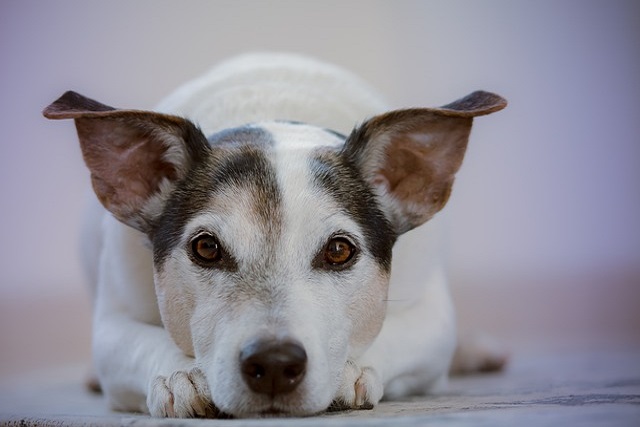
If coming home to find your dog panting by the door, with a fresh puddle of vomit beside them. You haven’t fed them for hours—could their separation anxiety be making them sick?
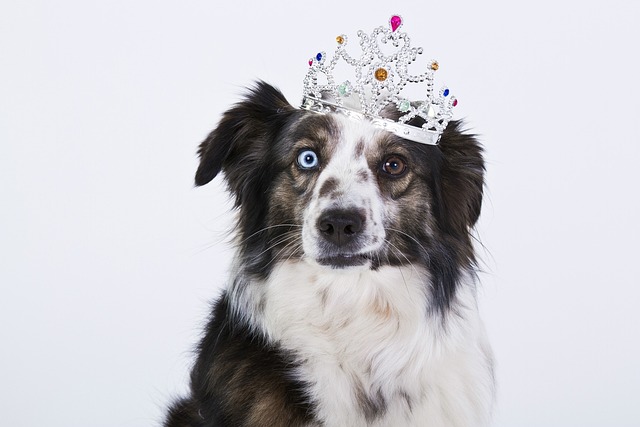
If you’ve ever leaned in for a doggy kiss only to recoil from a whiff that could clear a room, you’re not alone. Bad dog breath isn’t just a nuisance—it can be a sign of underlying health issues.

So, you've fallen under the spell of the Akita – that noble, lion-like presence, the quiet dignity, the unwavering loyalty etched right into their soulful eyes. It's understandable. There’s something truly magnetic about this ancient Japanese breed.
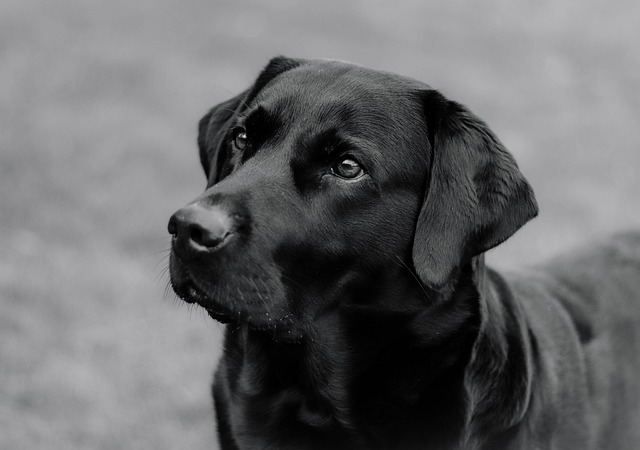
Let's be honest, the image of a massive, shaggy Irish Wolfhound coursing across misty moors after formidable prey is deeply etched in our minds, straight out of folklore and history books.